English Heritage sites near Stanford Parish
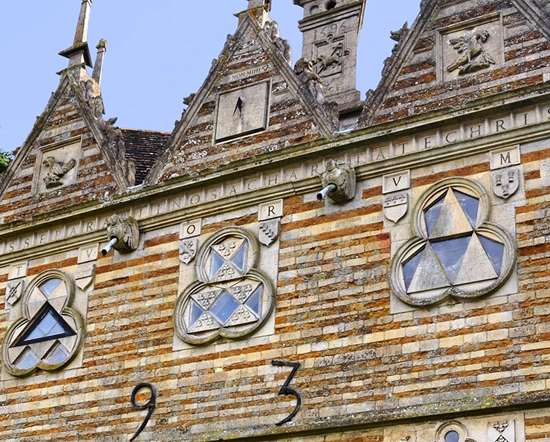
RUSHTON TRIANGULAR LODGE
15 miles from Stanford Parish
This delightful triangular building was designed by Sir Thomas Tresham (father of one of the Gunpowder Plotters) and constructed between 1593 and 1597.
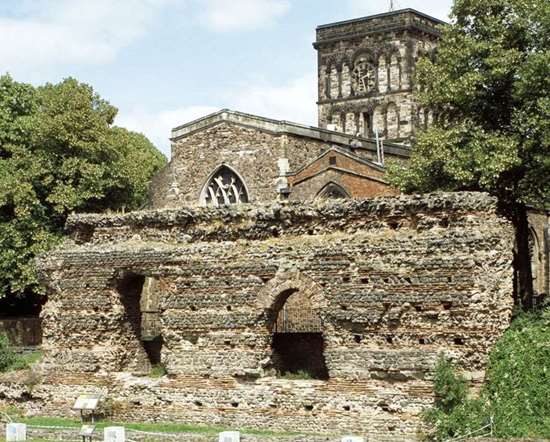
JEWRY WALL
16 miles from Stanford Parish
A length of Roman bath-house wall over 9 metres (30 feet) high, near a museum displaying the archaeology of Leicester and its region.
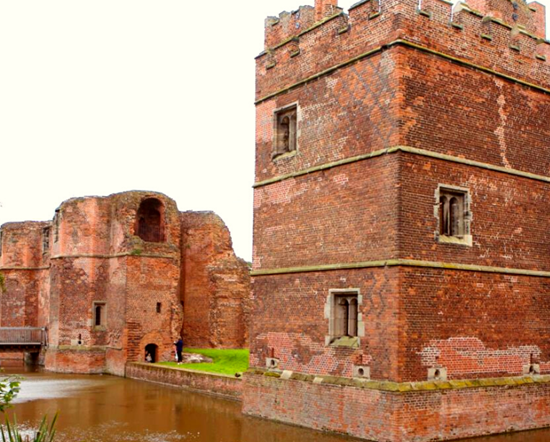
KIRBY MUXLOE CASTLE
16 miles from Stanford Parish
The picturesque moated remains - including the fine gatehouse and a complete corner tower - of this brick-built fortified mansion have recently been extensively conserved by English Heritage.
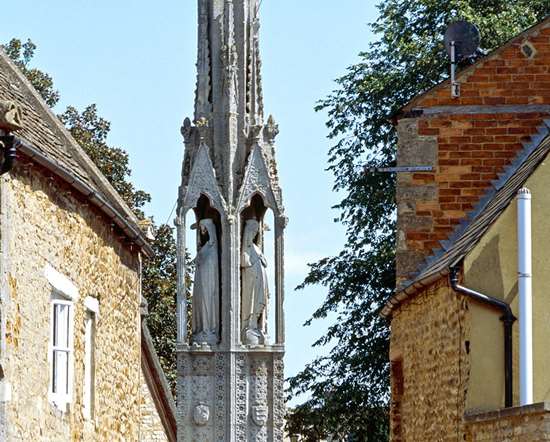
ELEANOR CROSS, GEDDINGTON
19 miles from Stanford Parish
In 1290 Eleanor of Castile, the beloved wife of Edward I and mother of his 14 children, died at Harby in Nottinghamshire.
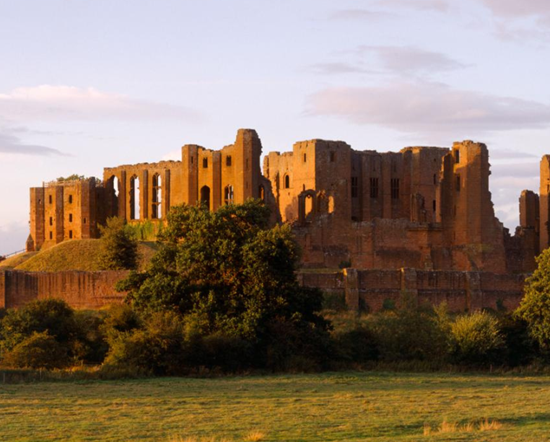
KENILWORTH CASTLE AND ELIZABETHAN GARDEN
20 miles from Stanford Parish
Once home to Robert Dudley, the great love of Queen Elizabeth I. Today you can walk in the beautifully recreated Elizabethan garden and marvel at the mighty Norman keep.
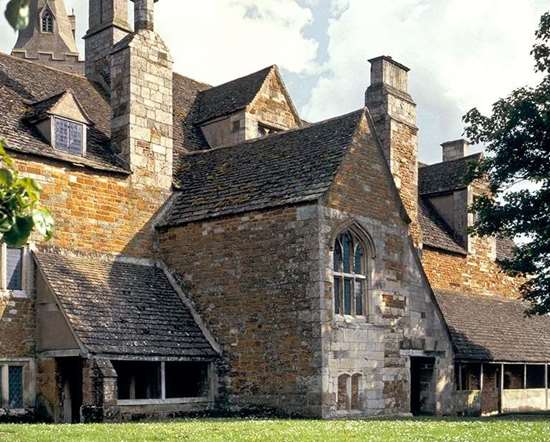
LYDDINGTON BEDE HOUSE
20 miles from Stanford Parish
Set beside the church of a picturesque ironstone village, Lyddington Bede House originated as the late medieval wing of a palace belonging to the Bishops of Lincoln.
Churches in Stanford Parish
St. Nicholas' Church, Stanford-on-Avon

Corner of Swinford Road & South Kilworth Road
Stanford on Avon
01858 882032
http://www.avonswift.co.uk/
We are the Parish church (Church of England) for the village of Stanford-on-Avon in Northamptonshire. We are part of the Avon Swift Benefice, a group of 11 Church of England Parishes in the Diocese of Leicester. We welcome everyone to join us in worship and community in our village churches.
Our Mission Statement:
"We the parishes of The Avon-Swift Benefice commit ourselves to God and to one another, seeking to become a community that is centred on Christ and inspired by the Spirit to respond to the love of the Father and share it with others."
Further information
Much has been written on various websites about St. Nicholas' Church & it's history, especially of the many monuments within. The early 14th.century Church which we view today replaced a Norman-built Church & stands just inside the River Avon County border of Northamptonshire along with the now depleted village. The original Hall or Manor House, demolished in 1697, stood even closer to the river boundary. Nowadays, what we all know as Stanford Hall, completed in 1703 is on the Leicestershire side of the river.
Regular 1st. Sunday of the month service starting at 9.30am. often accompanied by bell ringing.
On street parking.
Occasional bell ringing practices during the late spring through to early autumn.
Bells
The current bells.
The combined various skills of our local band have been willingly put to good use by successfully carrying out essential maintenance duties to the bell installation making them quite ringable again. Unusual but not uncommon, the ringing circle is anti-clockwise in rotation. Below, is the latest line up dating back to the refurbishment programme of 1928.
Gillett & Johnson. 1928. C# 5-1-22Gillett & Johnson. 1928. B 7 -0 -0
Gillett & Johnson. 1928. A# 7-1-12
Hugh II Watts. 1640. G# 9-0-15
Hugh II Watts. 1631. F# 11-3-12
It is verifiable there were five bells housed at Stanford from at least 1640.
Inscriptions (with translations)
1.SER THOMAS CAVE THIS BELL HEE GAVE 1631.
(1."Sir Thomas Cave, this bell he gave 1631.")
2. IH'S NAZARENVS REX IVDEORVM FILI DEI MISERERE MEI 1624.
(2."Jesus of Nazareth, King of the Jews, O Son of God have mercy on me.1624")
3. BE YT KNOWNE TO ALL THAT DOTH ME SEE THAT NEWCOMBE OF LEICESTER MADE MEE 1605.
(3."Be it known to all that do me see, Newcombe of Leicester made me 1605.")
4. PVLSOR & PVLSO JVBILO ET PLANGO SIC VITA HOMINIS 1640.
(4. I am struck and I strike, I rejoice and I mourn, such is the life of man.)
(4. Interpretation, courtesy of the Classics dept. at MCS Oxford)
5. CVM SONO CI NON VIS VENIRE NVNQVAM AD PRECES CVPIES IRE 1631.
(5. "If you be unwilling to come when I call To prayers you'll not wish to go at all. 1631")
The earlier bells :
Sir Thomas Cave of Stanford, c1496 - 1558 may have given the original No.1 bell, so if this is the case, the Hugh II Watts "replacement" bell of 1631 is a recasting of a much earlier bell & therefore possibly replicating the original inscription.
Earlier Newcombe, No.3 bell - possibly the work of Edward or the brothers Robert III, Thomas III & William Newcombe.
The War Memorial.
Captain, The Honourable E. V. W. Edgell. Killed in action at the battle of Ulundi, Zulu Wars, 1879.
Description :
Marble column incorporating an inset sculpted portrait, a 17th Lancer leaning against a memorial holding a wreath whilst looking down at a Zulu shield, on a marble base with dedicatory inscription. Standing on a 3 stepped base.
Inscription :
IN PATRI DESIDERATISSIMO/ EDMONDO VERNEY/ EDGELL WYATT EDGELL ET HENRIETAE BARONISSAE BRAYE/ FILIO NATU MAXIMO/ LITERARUM STUDIIS PRAECLARO/ NECNON ET TURMAE CAPITI VICTRICIS/ IN PRAELIO ULUNDENSI/ MORE PRO PATRIA PRAECLAR/ FRATER UNICE SUPERSTES/ ALUREDUS BARO BRAYE/ POSUIT
© 10/2018.
No churches found in Stanford Parish
